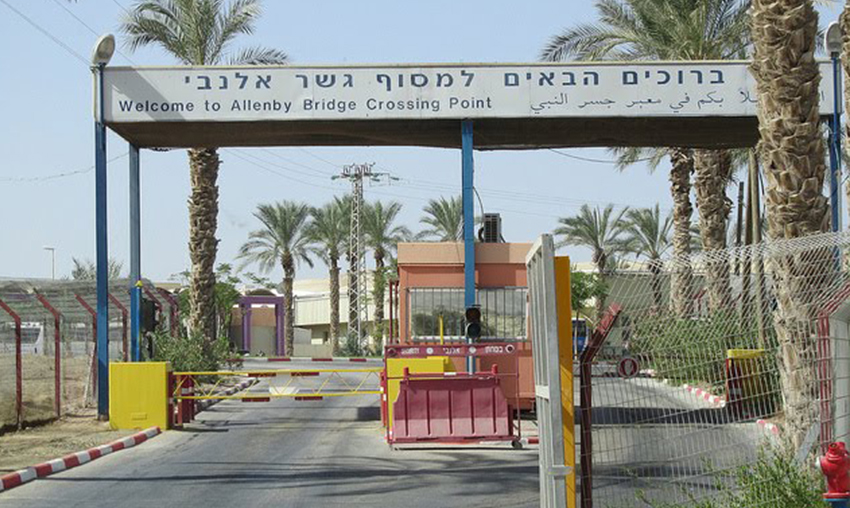 How Did Palestine Become Occupied? Foreigners who come to Palestine quickly learn that it is a country under a military occupation. But how did it get this way? Why are there two countries with such different cultures in such a small space? How long has Palestine been occupied? To help give our volunteers and students some historical background, we’ll explain how Palestine came to be occupied in the following article.
How Did Palestine Become Occupied? Foreigners who come to Palestine quickly learn that it is a country under a military occupation. But how did it get this way? Why are there two countries with such different cultures in such a small space? How long has Palestine been occupied? To help give our volunteers and students some historical background, we’ll explain how Palestine came to be occupied in the following article.
Historically, Palestine was governed alongside other Arab regions by Muslim empires, the last one being the Ottoman (Turkish) Empire. After World War I however, the Ottoman Empire collapsed and the British took control of a colony they called ‘The Mandate of Palestine.’ Around this time, Arab Palestinians began to form nationalist movements, hoping to achieve independence for the Palestinian people. At the same time in Europe, Jews were experiencing extreme persecution, and began to believe that the best way to protect themselves would be to form their own Jewish nation. Many began immigrating to the Mandate of Palestine, because it had been the site of the last Jewish Kingdom two thousand years ago, and still held holy sites for the Jewish religion.
After World War II the British decided it would be best to leave Palestine, but were unsure how to do so. They had promised an independent Arab state to their Arab allies during World War I, and a Jewish homeland in Palestine to Jewish leaders at the same time. Eventually the newly created United Nations adopted a plan to create a Jewish state and a Palestinian state in Palestine. The Palestinians however, angry that the minority Jewish population would acquire the majority of the most fertile and resource rich land, rejected the proposal.
In 1948, neighboring Arab states formed a coalition and attacked the newly created State of Israel. In the ensuing war, the Israelis emerged victorious, 700,000 Palestinians fled their homes, Jordan annexed the West Bank, and Egyptian forces took control of the Gaza Strip. Palestinians refer to this as the Nakba or ‘disaster.’ Many hope for the day when Palestinians can return to their ancestral homes in present-day Israel, and still consider Israeli land to rightfully belong to the Palestinians.
Years later, in 1967, another war broke out, this time between Israel and its Arab neighbors, Jordan, Egypt, and Syria. Once again, Israel emerged victorious, this time in just six days, and in the process conquered the West Bank, Gaza, the Egyptian Sinai Peninsula, and the Syrian Golan Heights. Now all of the historic Mandate of Palestine was under Israeli control. While the United Nations called for Israel to relinquish control of the territories it conquered in this war, Israel was unable to secure peace with its neighbors immediately and so continued to occupy these territories militarily. In the 1990s, Israel agreed to cede some administrative control over parts of the West Bank to the Palestinian Authority, and in 2005 Israeli troops pulled out of the Gaza Strip. Nevertheless, Jewish settlers continue to construct towns throughout the West Bank and Israeli troops maintain military control of the West Bank and blockade the Gaza Strip.
The occupation of land internationally recognized as Palestinian has continued for fifty years and shows no sign of ending soon. To truly understand the present situation Palestinians face, one needs to understand the wars and conflicts that have brought Israelis and Palestinians to this point.


